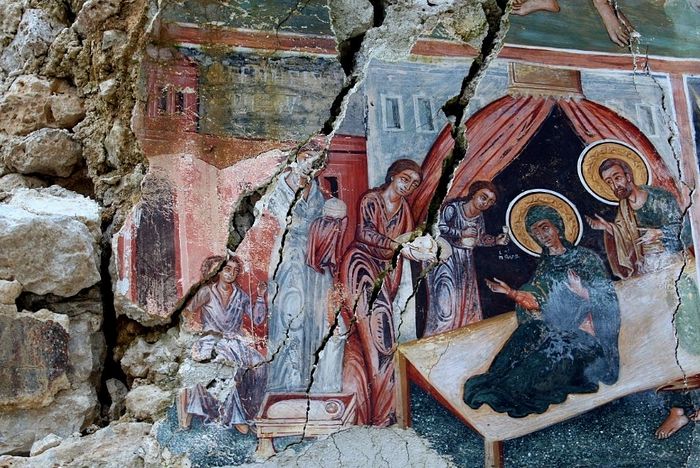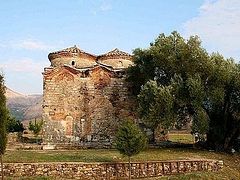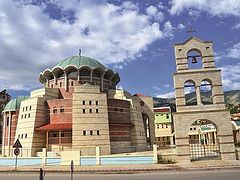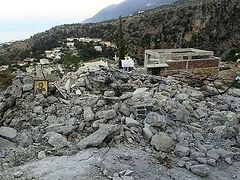Tirana, Albania, February 1, 2018
 A damaged fresco is pictured in The Orthodox Church of Saint Athanasios in Leshnica, Saranda, Albania January 25, 2018. Picture taken January 25, 2018. REUTERS/Florion Goga
A damaged fresco is pictured in The Orthodox Church of Saint Athanasios in Leshnica, Saranda, Albania January 25, 2018. Picture taken January 25, 2018. REUTERS/Florion Goga Many ancient and beautiful churches and monasteries, dating from the Byzantine era and dotting the mountainous landscape of Albania, have fallen into ruin due to years and decades of neglect. However, a program is has recently begun for the reconstruction of ancient temples, with the hope of attracting more tourists, reports tvkultura.ru.
Before the First World War Albania was Turkish, and became socialist after the Second. The regime, which was one of the most severe, fell in the early 1990s, but during the reign of Enver Hoxha from 1944 to 1985, churches continued to deteriorate. Churches and mosques were often destroyed deliberately, but religious art was often transferred to museums in such cases.
Sometimes the buildings were not touched—neither destroyed nor repaired—and unique frescoes thus disappeared over time with the walls. Experts fear that now is the last chance to save the cultural monuments.
One such church is that of St. Athanasios in Leshnice, where the roof caved in and the southern wall collapsed in May. The remaining walls are covered in plastic for protection, with a pile of debris and parts of frescoes off to the side, reports Reuters.
The Albanian Ministry of Culture introduced a fee for entrance into certain Orthodox churches and monasteries in November, but not for mosques or churches of other denominations. Icons and sacred vessels were also earlier removed by governmental decision to be placed in exhibitions in state museums. The Orthodox take these measures as a campaign to eradicate the country’s Greek minority. A clergy-laity assembly in 2016 officially requested the authorities to return the items.
The Russian-language video below offers some glimpses of several ruined Albanian churches.





